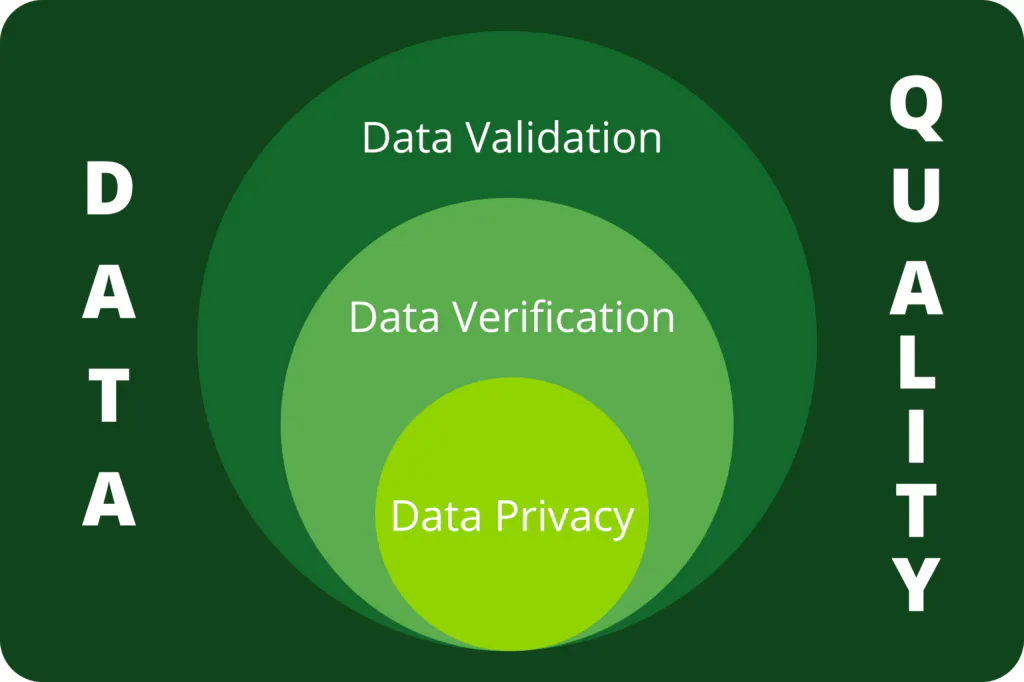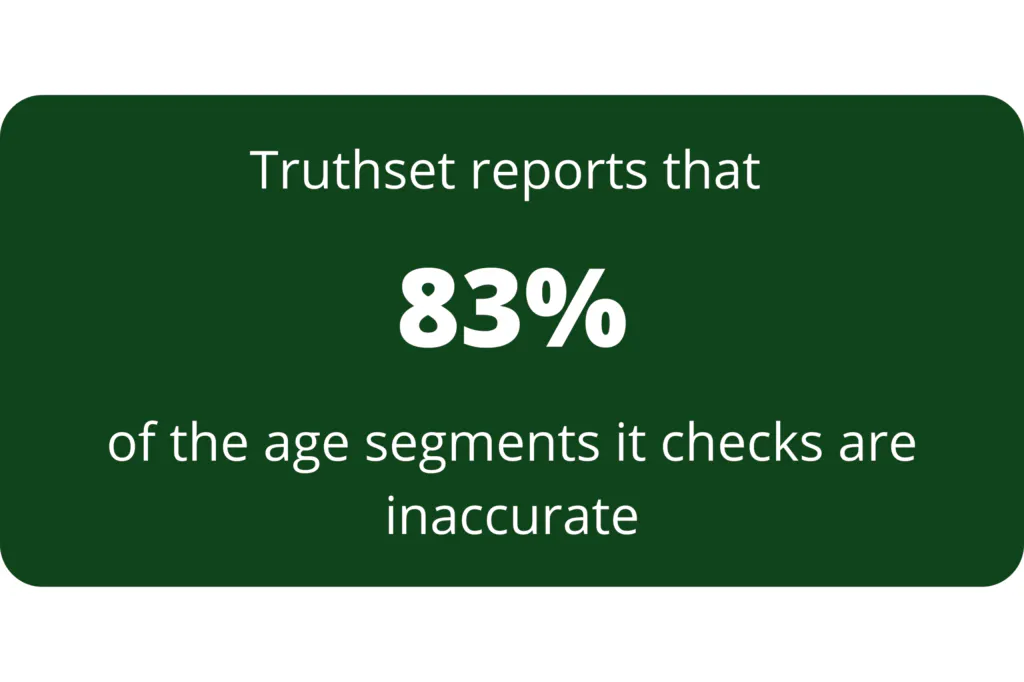Programmatic advertising results come down to data—and getting it right. The elements involved in getting it right are growing as digital activity increases, and opportunity can be found everywhere.
Fortunately, that abundance of data is also a treasure of real-time behavioral data. It’s full of context and powerful indicators of intent that can be used to align the funnel with consumers’ interests and needs, and drive actions.
Data Quality, Validation, Verification
These terms have been around for a long time, and they’re still valid–even critical–and they work together. In fact, the terms are often used interchangeably; however, they are slightly different. For example:
- Both verification and validation are characteristics of quality. But so is privacy compliance, as well as strong scores in interest data or real-time behavioral data. In other words, data that has a high level of quality has high scores in verification and validation and has the ability to connect the dots and identify, with strong probability, a brand’s customers interests in the digital wilderness.
- Verification specifically has to do with confidence that a data record is associated with a real identity, whether it’s an address, an ad touch, or a mailing list subscription.
- Validation looks at whether the data is logical and reasonable in its structures, quantities and relationships. For example, do the postal codes and phone numbers contain the correct number of characters expected for the recipient’s given location? Has one email been associated with more than one street address or customer name? And so on.
In short, consumers expect quality data to be correct, complete, private and current to the extent necessary to meet their personal preferences. Businesses, including marketers, expect quality data to deliver strong activation, response and ROI.
Much of the work of verification and validation happens in CRM systems and a variety of integrations available to data platforms. It’s the nearly constant job of making sure that data is ‘clean’.
But How Clean Is Clean?
Let’s say it’s a moving target, and cleaner is always better. But why do we care? Easy, today’s marketers need data that goes beyond probable to actionable in driving real outcomes. And increasingly, experience is showing that integrating real-time behavioral and intent data with first-party data makes a huge difference. Nevertheless, as a data type sourced and used across multiple sources, it too must be verified, validated and quality assured. And so do the stores of first-party data sitting in companies’ servers. Quite a challenge. Let’s look at some real-world examples.
Strong Data Quality Delivers ROI
In its work measuring the accuracy of demographic consumer data at the data record level, Truthset reports that 83% of the age segments it checks are inaccurate, with similar unhappy surprises across other categories. For marketers facing increasing pressure to deliver stronger results, it’s wise to understand how your data provider ensures data quality (DQ). And specifically, you want to know if those DQ results include measures that demonstrate performance – that is, actual outcomes – in the areas you’re most interested in.
Let’s Get Specific
One of the most fundamental data quality criteria today is data privacy. Here at ShareThis, we partner with leaders in this space. It matters that we can measure the compliance with which global consumer data is collected, stored and used, to ensure it meets legal and ethical expectations and also complies with self-regulatory policies, processes and practices.
When it comes to measuring the data itself—whether deterministic, behavioral, first- or third-party, etc.—there are many ways to go about it. Each data provider has proprietary methods they use on an ongoing basis, and likely require their partners to use. Take the time to evaluate their available studies, or consider conducting a test campaign, to determine whether their data is likely to produce the types of results you’re looking for.
For example, ShareThis conducted just such a study in 2021 with Polk Demand Signals, an industry-leading provider of business and marketing information to the automotive industry, now part of IHS Markit. The study demonstrated that ShareThis Auto Audience Segments are comprised of consumers who are more likely than the national population to purchase a specific make of new car. This is important because Auto marketers, more than any others, struggle to connect online engagement to in-person actions due to the industry’s typically long sales cycle. People often look for months before buying in person on the lot or via home delivery. The question was: what kind of difference would real-time data and interest scores have on campaign ROI.
The results were impressive. In this 90-day study, ShareThis Auto Audiences reached consumers who were, on average, 23% more likely to purchase a new vehicle from among the brands measured. This is exciting, considering that 10% or higher is viewed as significant in the auto industry.

The study further revealed how real-time interest behavior data relates directly to actions, which can be optimized throughout the buyer journey. In short, online behaviors can be interpreted to reveal aspects of timing, importance, and conditions that affect sentiment or offer insights into consumer research patterns.
The study showed how ShareThis data can be used to deliver actionable insights that optimize campaign and journey elements, producing tangible outcomes across the funnel. For example:
- Identifying customers with early funnel behaviors such as general search terms and widely variable research, allows teams to target awareness messages to draw attention and build interest.
- Mid-funnel shoppers considered ‘in-market’ with a higher likelihood to purchase can be targeted with specific product advantages and benefits, or even incentives.
- And mid-cycle consumers can receive upgrade and new model information, service deals and special event invitations to keep them engaged.
Summary
The world of data remains fast-moving and utterly necessary in today’s digital marketplace. While data quality, verification and validation have long been standard expectations and practices, the increasing depth, breadth and complexity of digital data is adding important nuances to traditional concepts of data quality. There was a time when real-time behavioral data wasn’t even in the equation. Today, not only is it available, it’s necessary and its quality can be ascertained and used to optimize campaigns, improve funnel and marketing metrics, and offer incentives that increase ROI. Do your research and go beyond the basics, include privacy, and test whether interest scores and real-time behavioral data can deliver higher levels of activation and ROI for your campaigns. As ephemeral as the digital world can sometimes seem, data is increasingly being understood and used in ways that produce actions and outcomes. It’s the real deal.
Takeaways
Data quality, validation and verification are as important as ever. There are numerous ways to determine data quality. Privacy is an important quality criterion, as are newer criteria such as interest scores and real-time data. Don’t hesitate to review detailed studies with concrete outcomes – or conduct your own – to determine whether the data can deliver what you expect and want.






